Next generation of computer chips could ditch silicon for TMD — a 2D material that is embedded with ‘defects’ which can be harnessed to improve performance.



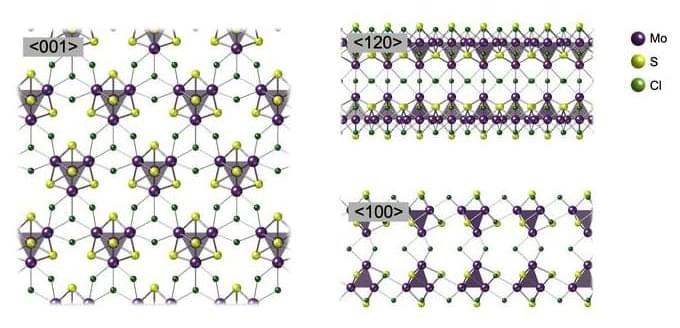
Researchers from Tokyo Metropolitan University have created sheets of transition metal chalcogenide “cubes” connected by chlorine atoms. While sheets of atoms have been widely studied e.g. graphene, the team’s work breaks new ground by using clusters instead. The team succeeded in forming nanoribbons inside carbon nanotubes for structural characterization, while also forming microscale sheets of cubes which could be exfoliated and probed. These were shown to be an excellent catalyst for generating hydrogen.
The findings have been published in Advanced Materials (“Superatomic layer of cubic Mo 4 S 4 clusters connected by Cl cross-linking”).
„ and show the arrangement of the nanosheet when viewed from different directions, respectively. (Image: Tokyo Metropolitan University)
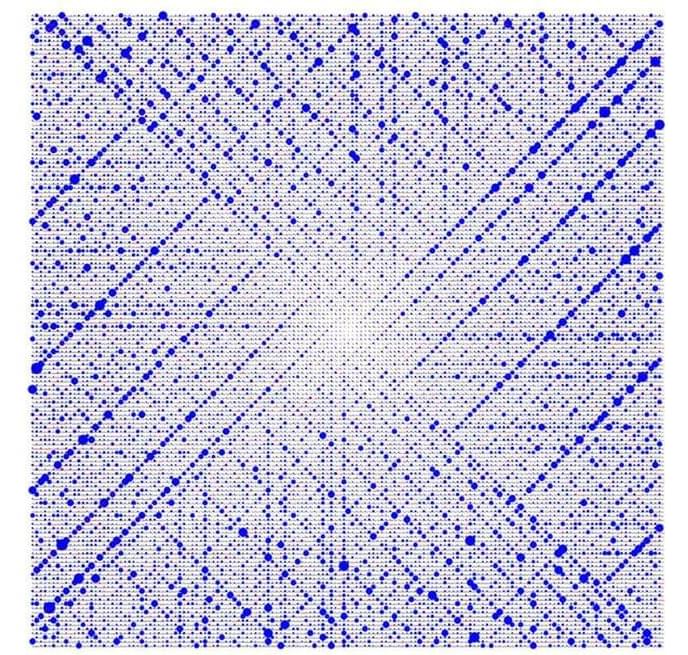
face_with_colon_three steps towards infinity getting much closer to the solution with reinmans hypothesis: D.
Just as molecules are composed of atoms, in math, every natural number can be broken down into its prime factors—those that are divisible only by themselves and 1. Mathematicians want to understand how primes are distributed along the number line, in the hope of revealing an organizing principle for the atoms of arithmetic.
“At first sight, they look pretty random,” says James Maynard, a mathematician at the University of Oxford. “But actually, there’s believed to be this hidden structure within the prime numbers.”
For 165 years, mathematicians seeking that structure have focused on the Riemann hypothesis. Proving it would offer a Rosetta Stone for decoding the primes—as well as a $1 million award from the Clay Mathematics Institute. Now, in a preprint posted online on 31 May, Maynard and Larry Guth of the Massachusetts Institute of Technology have taken a step in this direction by ruling out certain exceptions to the Riemann hypothesis. The result is unlikely to win the cash prize, but it represents the first progress in decades on a major knot in math’s biggest unsolved problem, and it promises to spark new advances throughout number theory.
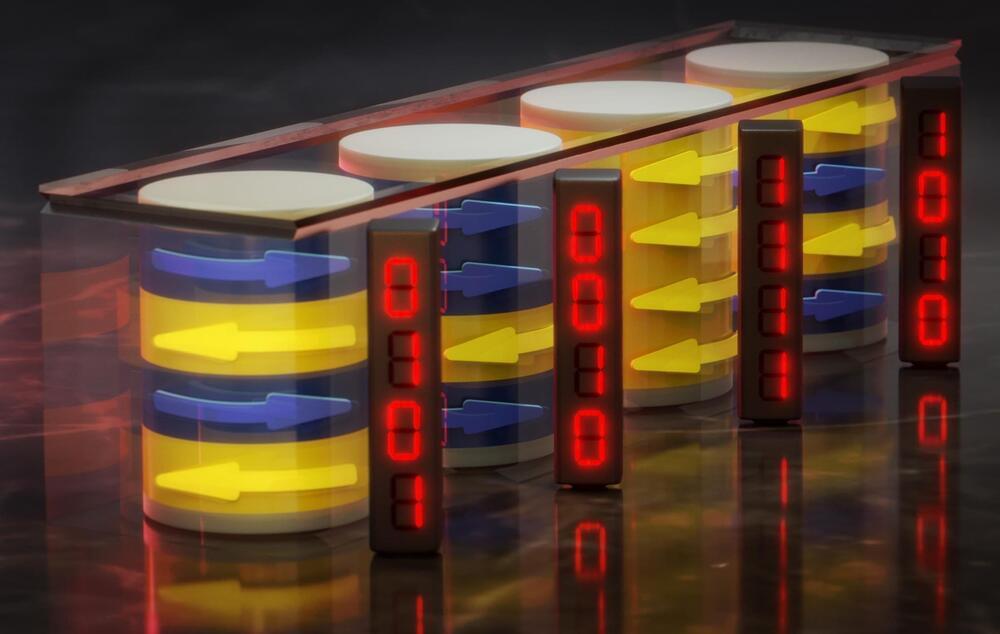
For the first time, researchers have demonstrated that not just individual bits, but entire bit sequences can be stored in cylindrical domains: tiny, cylindrical areas measuring just around 100 nanometers. As the team reports in the journal Advanced Electronic Materials, these findings could pave the way for novel types of data storage and sensors, including even magnetic variants of neural networks.
Groundbreaking Magnetic Storage
“A cylindrical domain, which we physicists also call a bubble domain, is a tiny, cylindrical area in a thin magnetic layer. Its spins, the electrons’ intrinsic angular momentum that generates the magnetic moment in the material, point in a specific direction. This creates a magnetization that differs from the rest of the environment. Imagine a small, cylinder-shaped magnetic bubble floating in a sea of opposite magnetization,” says Prof. Olav Hellwig from Helmholtz-Zentrum Dresden-Rossendorf ’s Institute of Ion Beam Physics and Materials Research, describing the subject of his research. He and his team are confident that such magnetic structures possess a great potential for spintronic applications.

Recent advancements in tachyon theory have addressed past inconsistencies by incorporating both past and future states into the boundary conditions, leading to a new quantum entanglement theory and suggesting a critical role for tachyons in matter formation.
Tachyons are hypothetical particles that travel at speeds greater than the speed of light. These superluminal particles, are the “enfant terrible” of modern physics. Until recently, they were generally regarded as entities that did not fit into the special theory of relativity. However, a paper just published by physicists from the University of Warsaw and the University of Oxford has shown that many of these prejudices were unfounded. Tachyons are not only not ruled out by the theory, but allow us to understand its causal structure better.
Superluminal Motion and Tachyons.
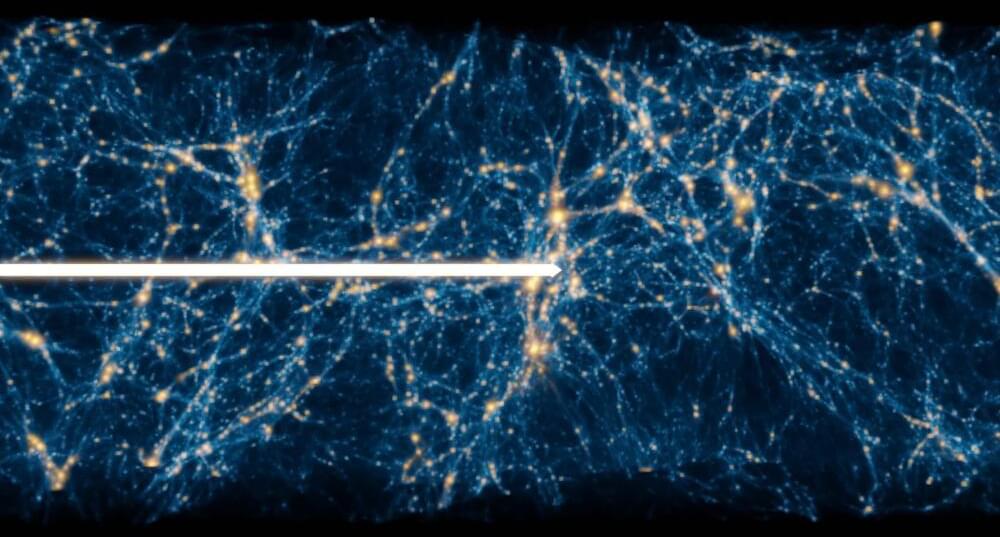
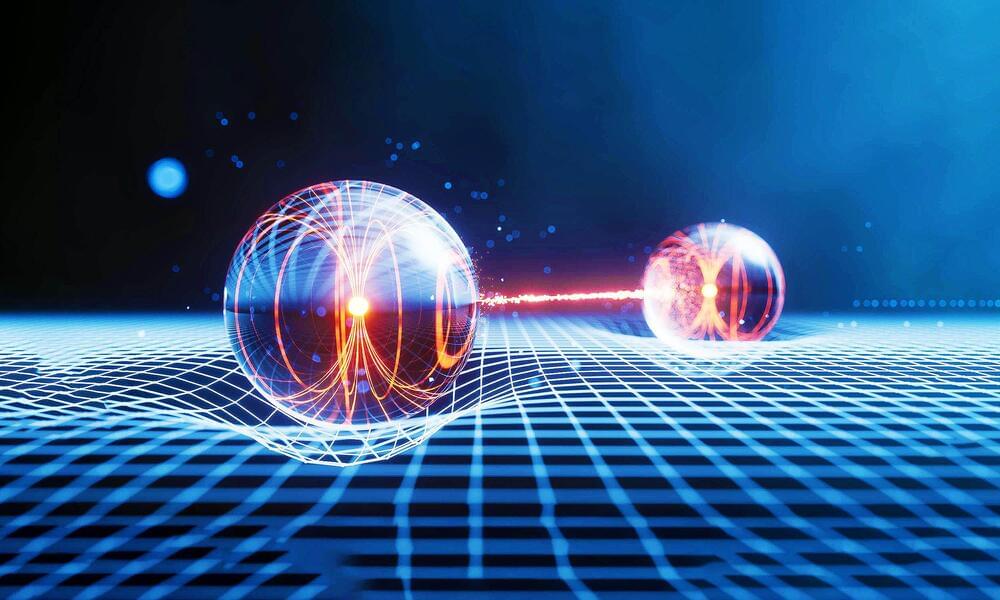
The captivating world of quantum mechanics is constantly evolving, revealing complexities that challenge our perception of reality. Recent advancements illuminate the puzzling wave functions of entangled photons, providing remarkable insights into the behavior of these fundamental particles.
At the forefront of this research are experts from the University of Ottawa and Sapienza University of Rome. Their innovative approach allows for real-time visualization of entangled photon wave functions, pushing the boundaries of what we thought possible in quantum science.
Quantum entanglement is a mind-boggling phenomenon that underscores the profound interconnectedness of two particles.
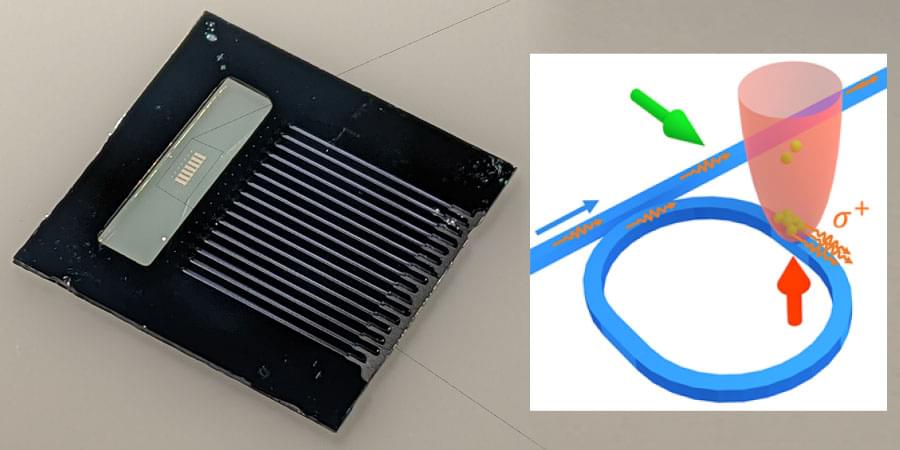
Researchers at Purdue University have trapped alkali atoms (cesium) on an integrated photonic circuit, which behaves like a transistor for photons (the smallest energy unit of light) similar to electronic transistors. These trapped atoms demonstrate the potential to build a quantum network based on cold-atom integrated nanophotonic circuits. The team, led by Chen-Lung Hung, associate professor of physics and astronomy at the Purdue University College of Science, published their discovery in the American Physical Society’s Physical Review X (“Trapped Atoms and Superradiance on an Integrated Nanophotonic Microring Circuit”).
“We developed a technique to use lasers to cool and tightly trap atoms on an integrated nanophotonic circuit, where light propagates in a small photonic ‘wire’ or, more precisely, a waveguide that is more than 200 times thinner than a human hair,” explains Hung, who is also a member of the Purdue Quantum Science and Engineering Institute. “These atoms are ‘frozen’ to negative 459.67 degrees Fahrenheit or merely 0.00002 degrees above the absolute zero temperature and are essentially standing still. At this cold temperature, the atoms can be captured by a ‘tractor beam’ aimed at the photonic waveguide and are placed over it at a distance much shorter than the wavelength of light, around 300 nanometers or roughly the size of a virus. At this distance, the atoms can very efficiently interact with photons confined in the photonic waveguide. Using state-of-the-art nanofabrication instruments in the Birck Nanotechnology Center, we pattern the photonic waveguide in a circular shape at a diameter of around 30 microns (three times smaller than a human hair) to form a so-called microring resonator. Light would circulate within the microring resonator and interact with the trapped atoms.”
A key aspect function the team demonstrates in this research is that this atom-coupled microring resonator serves like a ‘transistor’ for photons. They can use these trapped atoms to gate the flow of light through the circuit. If the atoms are in the correct state, photons can transmit through the circuit. Photons are entirely blocked if the atoms are in another state. The stronger the atoms interact with the photons, the more efficient this gate is.

Futurology: The global demand for AI computing has data centers consuming electricity like frat houses chug beer. But researchers from the University of Minnesota might have a wildly innovative solution to curb AI’s growing thirst for power with a radical new device that promises vastly superior energy efficiency.
The researchers have designed a new “computational random-access memory” (CRAM) prototype chip that could reduce energy needs for AI applications by a mind-boggling 1,000 times or more compared to current methods. In one simulation, the CRAM tech showed an incredible 2,500x energy savings.
Traditional computing relies on the decades-old von Neumann architecture of separate processor and memory units, which requires constantly moving data back and forth in an energy-intensive process. The Minnesota team’s CRAM completely upends that model by performing computations directly within the memory itself using spintronic devices called magnetic tunnel junctions (MTJs).